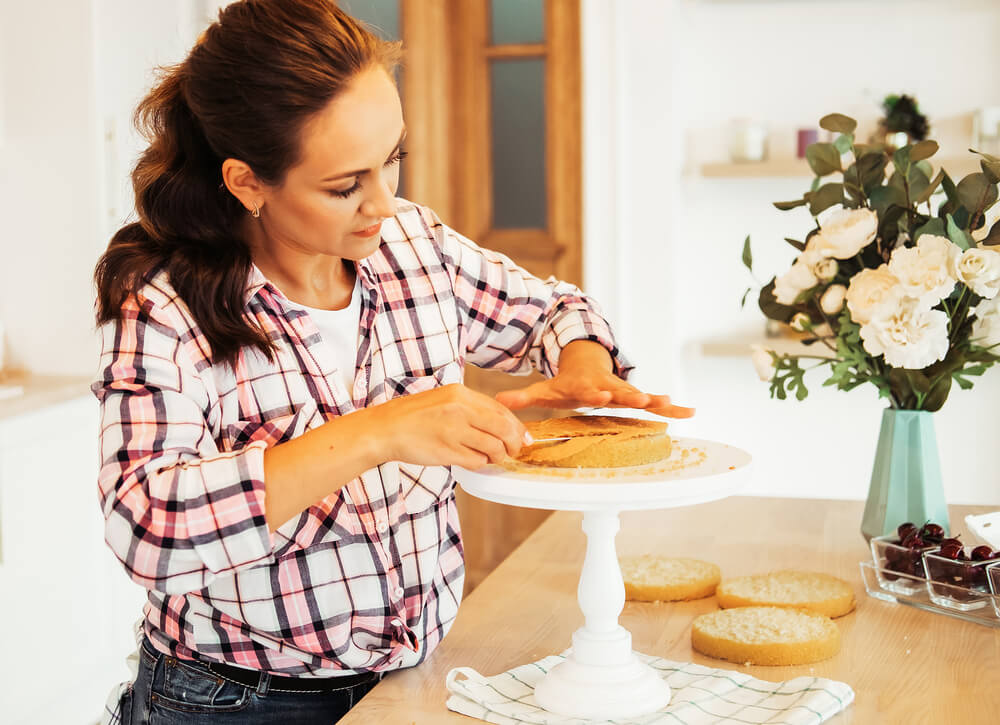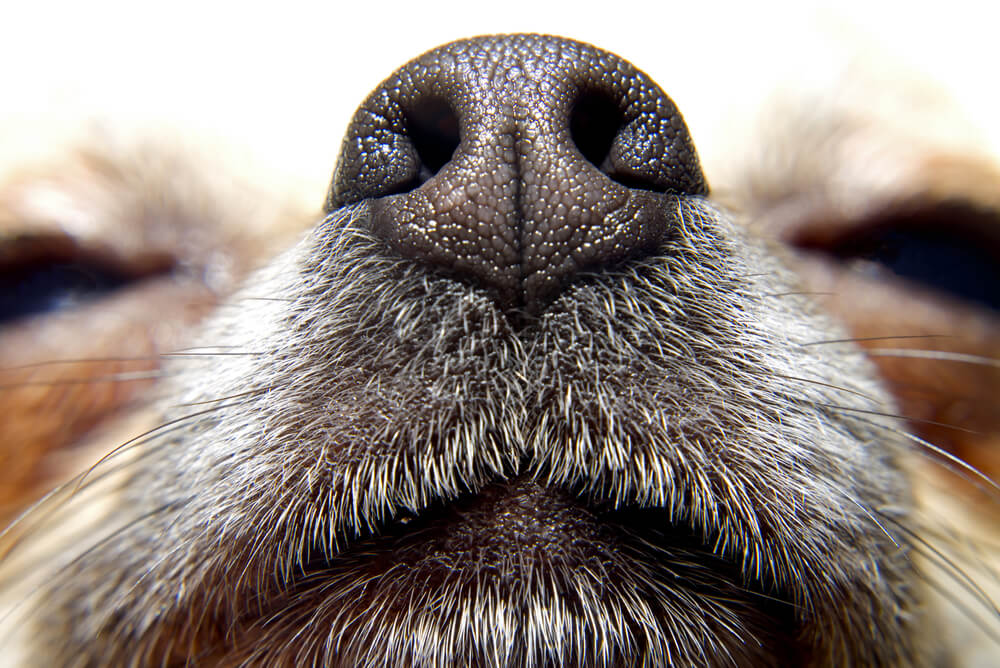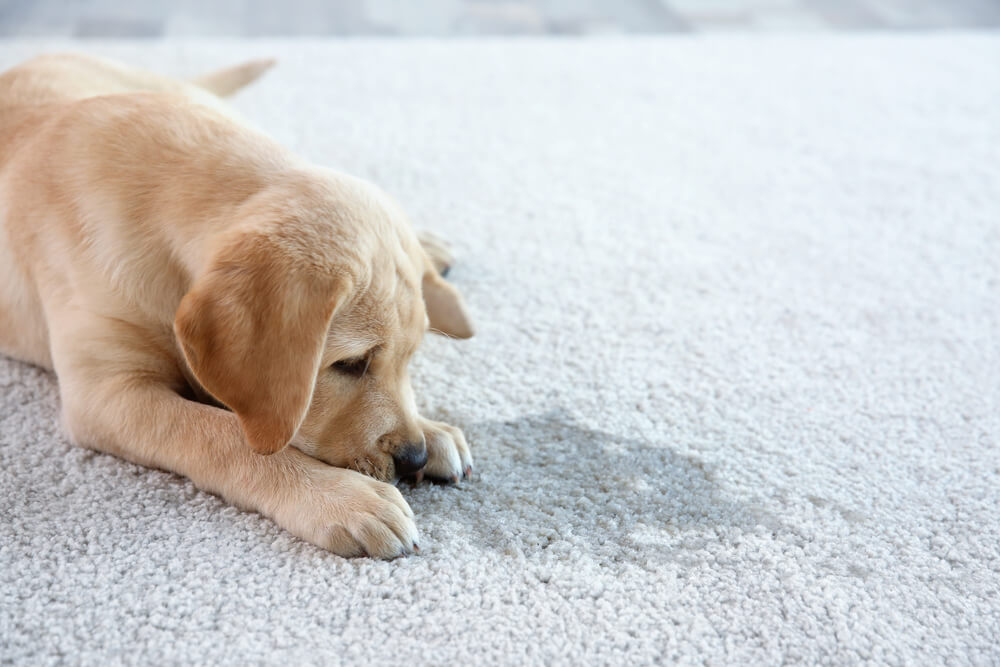You can be forgiven for thinking that a house that smells fresh and clean is, in fact, clean because that’s what we associate with the various odours we pick up on or notice in and around a property. But if a distinctly unpleasant pet odour is prevalent; is that a barrier for potential tenants? Can sprays and scented candles mask the signs that something isn’t quite right or is pet odour making an ”Eau de No Let’ out of rental properties?
Smells are not always associated with unpleasant memories. Some odours can take us back to a favourite holiday destination, to a certain moment in time or remind us of when we experienced a great meal with friends or family. It can help us to build a very powerful memory.
Unpleasant odours though, can equally create a bad experience and can go on to create a huge barrier to letting the property. If a prospective tenant finds the cooking odours, pet smells or damp a turn off on viewing it’s likely the rental will remain vacant until the issues are addressed.
Void periods in any rental process can be expensive to both the landlord and letting agent and can cost an average of 4.9% of the gross annual rental income. Poor property conditions can also decrease the rental value so it’s in everyone’s interest to address any issues at the property quickly.

But if an issue is lurking beneath the fresh smell of coffee or baked bread will the inventory clerk pick this up? It’s important to remember that bad smells can be a source of evidence during a deposit dispute or if the property is not odour and or issue free at inventory or when the tenants hand back the keys at the end of the tenancy.
With the number of households occupied by private renters increasing in England (currently 4.44 million – around 18.7% of all private rented property; (Statistica) the issues associated with renting out a property will naturally increase especially as we are at home more and as many more people are opting to work from home.
Our ‘traditional’ understanding of wear and tear needs to be revisited as it is somewhat outdated due to the change in all our circumstances over the past year or so. This is likely to be further impacted by a significant increase in the number of pets – the latest pet data highlights that there are now 12 million cats, 12 million dogs and a number of small birds, animals and reptiles making up the 34 million pets in the UK that are an integral part of our family life.
Inevitably; with pets, there are likely to be – let’s say – the odd issue and accident. And let’s not be squeamish about this. We all need to poop, we all make smells (some of which certain members of the family seem quite proud of!) and we will all have accidents at one point or another.
Even pets who are well-trained may have the odd accident which can lead to stains and pet odour lingering for months in and around the property. Luckily, most pet owners are responsible – as are most tenants.
Housing pets, despite the odd accident, doesn’t necessarily mean that any resulting stains or pet odour will be long lasting. However, there will be a small minority of tenants who do not treat the property with as much respect as others – raising the issue of deposit disputes for any damage caused.
But how do we as inventory providers work out whether the odour was the dog, the cat or something more sinister causing you to screw up and pinch your nose as you navigate the rental?
The human nose is a very unique bit of kit. It can distinguish at least 1 trillion different odours. According to scientists who study smell; humans were only thought to be able to detect about 10,000 odours whereas domestic dogs have the ability to detect up to 100,000 times more than their human counterparts which is why dogs are used by law enforcement across the world to sniff out drugs and explosives. And in an ongoing study; BBC news has revealed that dogs are even being trained to be able to detect COVID in humans with up to a staggering 88% accuracy.
With such a sophisticated piece of equipment at our disposal, how do we translate what it is we are detecting and showcase in the inventory and checkout reports what we can smell but can’t always show?
One of the biggest issues we have as inventory suppliers is how we convey what it is we are noticing or picking up in the property. Marks and damages are relatively straightforward when it comes to evidence, whereas smells and odours can be very subtle and difficult to associate with something that the report reader can grasp and put into context with limited visual evidence in the report.
Creating a ‘minds eye’ view
In your report you should attempt to draw a picture for the reader of what it is you have noticed or have found, describe what it is you are detecting and then search for the evidence to back up your theory.
So you should be asking yourself questions such as:
- Is it a musty odour? This could be linked with mould or mildew at the property. Look for light brown or black spots often found behind sink cupboards, in wardrobes and cupboards or lower corners of the room.
- Is the odour more likened to the smell of a very well used and probably not clean toilet or bathroom? Look for evidence of a lack of cleaning; grubby surfaces, heavily stained toilet bowls or discoloured grouting.
- Is it more acidic; similar to ammonia ? This could indicate pet urine especially if the animal hasn’t yet been neutered. Cats especially will ‘mark their territory’ meaning you often find the odour more concentrated in corners or areas that cat has frequented.
- Is the odour similar to cigarette smoke or a sweet vaping aroma? Look for ashtrays, cigarette ends near the front or back door. Are there small burn marks on window sills or near the doors that were not seen at the inventory? Another indicator could be ‘nicotine staining’ of the walls or woodwork. Do they appear more yellow in colour?
- Is the odour more of a plastic-burning like smell or ‘fishy’ odour? This could indicate an electrical fault. Look for signs of burning on socket plates or plugs. Is there electricity at the property or has the fuse box tripped because an electrical item has overloaded and shorted out creating the smell?
- ‘Wet dog’ is a commonly used phrase to indicate there has been a pet at the property. Look for signs of toys, faeces in the garden, hair or fur in or on carpets/furnishings, scratches to external doors to help you provide the proof that an unauthorised animal has been living at the property, or perhaps one that has permission has caused the damage now evidenced in your report.
Odours are a vital part of your evidence as a property reporting expert but without ‘smellovision’ the reader is relying on your powers of description and your client and the adjudicator on your powers of deduction. This is how liability can then be fairly apportioned; for more infraction on how to, our Deposit Disputes-Apportioning Liability course is the perfect way to polish your knowledge and skillset.

How do you then showcase what you believe to be a pet odour at the property?
Be clear, comprehensive and concise with descriptions, state what it is you’re detecting; can you liken the smell to something that you can describe such as damp or pet urine?
Photograph or video the area or item where the odour is at its most pungent; describe any change to carpet or flooring like staining or wetness in the areas. Note if the item appears discoloured or faded – this might indicate the odour has penetrated the surfaces. For example, a mould marked wardrobe would likely have a white film/residue and possible black spots to its surface, along with the musty odour normally associated with old antique shops.
Most properties have a neutral smell; nothing specific or unpleasant so are often overlooked and thought of as benign and not worthy of note. But if you set the marker early on i.e at inventory then, as with any change to the property you would usually note such as a change in wall colour or level of cleanliness, the odour or smell in the property should also be noted to offer a benchmark for the adjudicator to understand when a change occurs.

You can find out more about how to manage the often thorny issue of apportioning liability with our CPD accredited course – Deposit Disputes – Apportioning Liability.
Watch our webinar: The Inventory Super Sleuth – How To Spot Pet Damage about how inventory providers can ‘spot’ damage, what to include in the property report and why you need to look closely not just at check out but at the start of the tenancy!
InventoryBase residential property and interim report templates have been updated to provide a field and prompt on property odours. Visit our account library and download the latest property templates to improve your reports and service.

